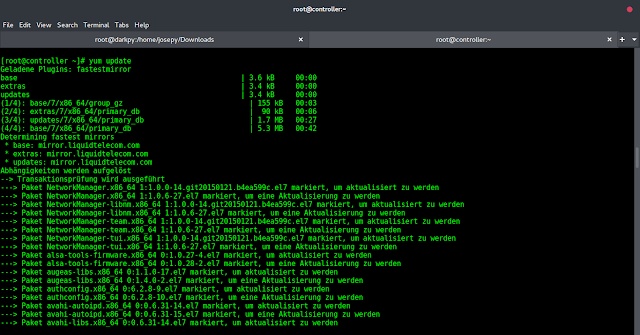numpy.clip() function is used to Clip (limit) the values in an array.
Given an interval, values outside the interval are clipped to the interval edges. For example, if an interval of [0, 1] is specified, values smaller than 0 become 0, and values larger than 1 become 1.
Syntax : numpy.clip(a, a_min, a_max, out=None)
Parameters :
a : Array containing elements to clip.
a_min : Minimum value.
–> If None, clipping is not performed on lower interval edge. Not more than one of a_min and a_max may be None.
a_max : Maximum value.
–> If None, clipping is not performed on upper interval edge. Not more than one of a_min and a_max may be None.
–> If a_min or a_max are array_like, then the three arrays will be broadcasted to match their shapes.
out : Results will be placed in this array. It may be the input array for in-place clipping. out must be of the right shape to hold the output. Its type is preserved.Return : clipped_array
Code #1 :
# Python3 code demonstrate clip() function # importing the numpyimport numpy as np in_array = [1, 2, 3, 4, 5, 6, 7, 8 ]print ("Input array : ", in_array) out_array = np.clip(in_array, a_min = 2, a_max = 6)print ("Output array : ", out_array) |
Output :
Input array : [1, 2, 3, 4, 5, 6, 7, 8] Output array : [2 2 3 4 5 6 6 6]
Code #2 :
# Python3 code demonstrate clip() function # importing the numpyimport numpy as np in_array = [1, 2, 3, 4, 5, 6, 7, 8, 9, 10]print ("Input array : ", in_array) out_array = np.clip(in_array, a_min =[3, 4, 1, 1, 1, 4, 4, 4, 4, 4], a_max = 9)print ("Output array : ", out_array) |
Output :
Input array : [1, 2, 3, 4, 5, 6, 7, 8, 9, 10] Output array : [3 4 3 4 5 6 7 8 9 9]




